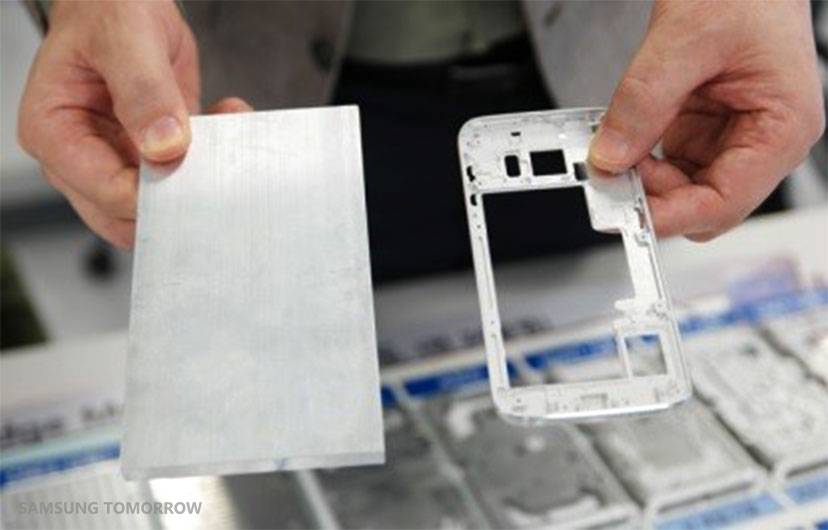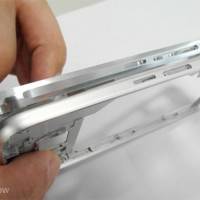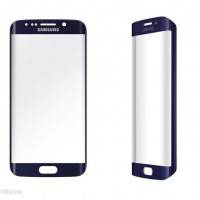
The Galaxy S6 and S6 edge are no doubt two great phones. The latest flagships from the South Korean giant have been much talked about even before their official announcement and actual release. Several benchmark and stress tests have already proven either one of the two can survive under normal situations. And as with most successful products, the pair has undergone careful planning, extensive research, and development.
Samsung’s Principal Engineer at IT & Mobile Communications Kwangjin Bae shared his experiences while developing the brand’s current bestsellers. He explained the advantages and the obstacles that the team had to overcome before the Galaxy S6 series is considered a final product.
Even if other drop and stress tests have left the Galaxy S6 or S6 edge broken, Samsung has explained that there is a proper way to do such durability tests and those were extreme conditions. The phones can withstand harsh conditions under normal usage so don’t push for really extreme cases because really, the devices will be destroyed.
Inside Samsung, how they do things is more professional. The designers wanted to make Galaxy S6 and S6 edge very durable and strong and they first started with the metal chassis. Having a super strong chassis will obviously protect the glass and keep it in immaculate condition.
Bae shared that the metal material didn’t just have to be strong. It had to be elegant and nice-looking even after post-processing through a surface treatment. It needed to be powerful and thin at the same time. Samsung decided to use a high-strength aluminum alloy known as 6013 aluminum–first time to be used in a smartphone.
Samsung chose 6013 and not the standard type 6063 usually used in devices. The latter had dents during the test while the 6013 only got very minor scratches. Note that the 6013 aluminun is used in yachts, mountain bikes, submariens, and aircraft parts. Bae explained that it is “1.5 times stronger and 1.2 times more durable than 6063”.

Th 6013 aluminum is very durable but the designers encountered problems in post-processing or surface treatment. Sandblasting was the usual solution but aluminum was very strong. Having a consistent surface was close to impossible so Samsung developed a strong method to produce the desired result.
Another problem encountered was the anodizing method used to process the smartphone’s exterior. It creates a film on the surface so color can be easily added. To succesfully paint or put on color, a chemical process is required. Samsung also had to change some technologies to accommodate the new premium phones. To manufacture and mass produce them, Samsung’s equipment had to be changed. Remember that Samsung even opened a new factory in South Korea just to keep up with the demands for the phone. No thanks to the new metal, Samsung faced a lot of challenges but every change and adjustment was definitely worth it.
Kwangjin Bae even shared the processes a 320-gram aluminum plate goes through to become a 15-gram piece of thin metal. The metal undergoes 20 different phases to achieve the beauty that it Galaxy S6/S6 edge metal is now.

As for the dual edge design, Samsung obviously chose Gorilla Glass 4. It’s thinner than the one used for the Galaxy Note 4 Edge. Glass is soaked in chemicals for reinforcement so it’s strengthened and is made more resistant to external shocks and forces.
The engineers were also challenged in “determining the right 3D thermoforming temperature and pressure” as part of a unique 3D thermoforming technology. Bae narrated how when they first raised the temperature and the glass surface just crumpled. When temp was too low, the glass still broke. The challenge was to identify the optimal 3D thermoforming condition and dozens of trials were made before the right temperature (800℃) and pressure were determined and the molding frame was perfected.
Samsung designers and engineers worked hard for the Galaxy S6 and Galaxy S6 edge. Even the big bosses at Samsung worked day and night. It was very challenging but the tech giant really did a great job.
SOURCE: Samsung Tomorrow













